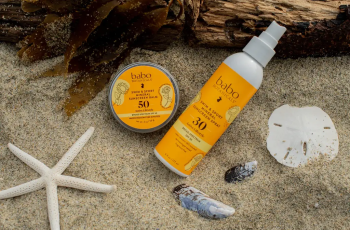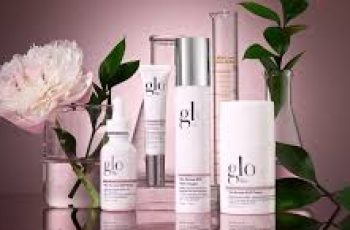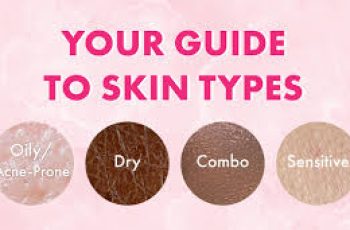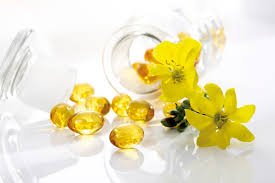
.webp)
.webp)
.webp)
Evening Primrose Oil in Skin Care: Benefits, Risks & How to Use It
.webp)
.webp)
Evening Primrose Oil (EPO), derived from the seeds of Oenothera biennis, is packed with essential fatty acids and is widely used in both skincare and supplements.
.webp)
.webp)
.webp)
This plant-based oil is rich in linoleic acid, gamma-linolenic acid (GLA), and omega-3 fatty acids, making it highly anti-inflammatory and soothing to the skin.
.webp)
.webp)
However, despite its many skin-loving nutrients, EPO is comedogenic—meaning it may clog pores—so it’s not ideal for everyone.
.webp)
.webp)
.webp)
Let’s explore how evening primrose oil works, its benefits, where to use it, and when to avoid it.
.webp)
.webp)
What Is Evening Primrose Oil?
.webp)
.webp)
.webp)
Evening primrose oil is a botanical extract pressed from the seeds of the evening primrose plant.
.webp)
.webp)
It’s commonly used in moisturizers, cleansers, serums, and eczema treatments due to its soothing and hydrating effects.
.webp)
.webp)
.webp)
Evening primrose oil is especially valued for its high linoleic acid content—up to 70%—making it one of the richest sources available.
.webp)
.webp)
It belongs to the category of “dry oils”, which are lightweight and fast-absorbing because of their unsaturated fat content.
.webp)
.webp)
.webp)
Key Fatty Acids in Evening Primrose Oil
.webp)
.webp)
EPO is prized in skincare for its high concentration of beneficial fatty acids:
.webp)
.webp)
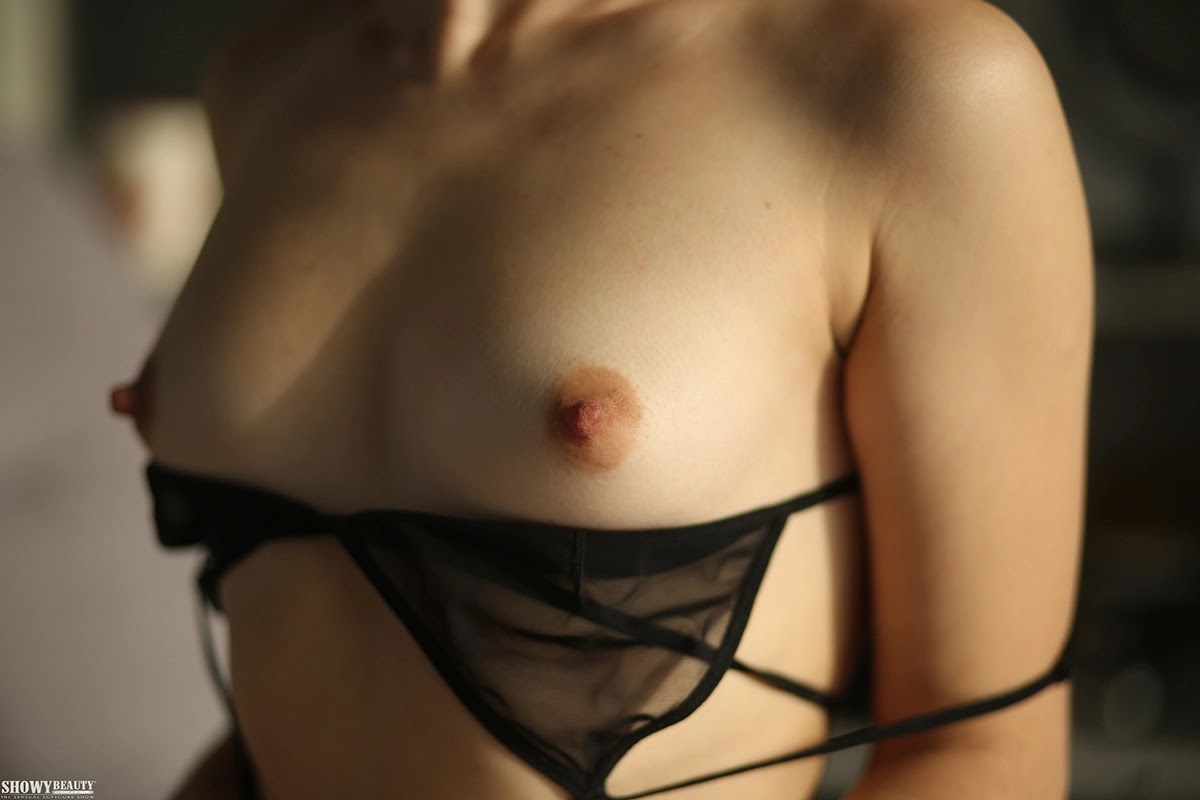.webp)
Linoleic acid – Calms inflammation and supports the skin barrier
.webp)
.webp)
Gamma-linolenic acid (GLA) – Soothes eczema and reduces redness
.webp)
.webp)
.webp)
Alpha-linolenic acid – Supports hydration and elasticity
.webp)
.webp)
Omega-3 and Omega-6 fats – Essential for overall skin health
.webp)
.webp)
.webp)
These acids support skin function, especially in dry, irritated, or inflamed skin conditions.
.webp)
.webp)
Benefits of Evening Primrose Oil in Skin Care
.webp)
.webp)
.webp)
Evening primrose oil provides several skin-enhancing benefits, particularly for dry or sensitive skin types:
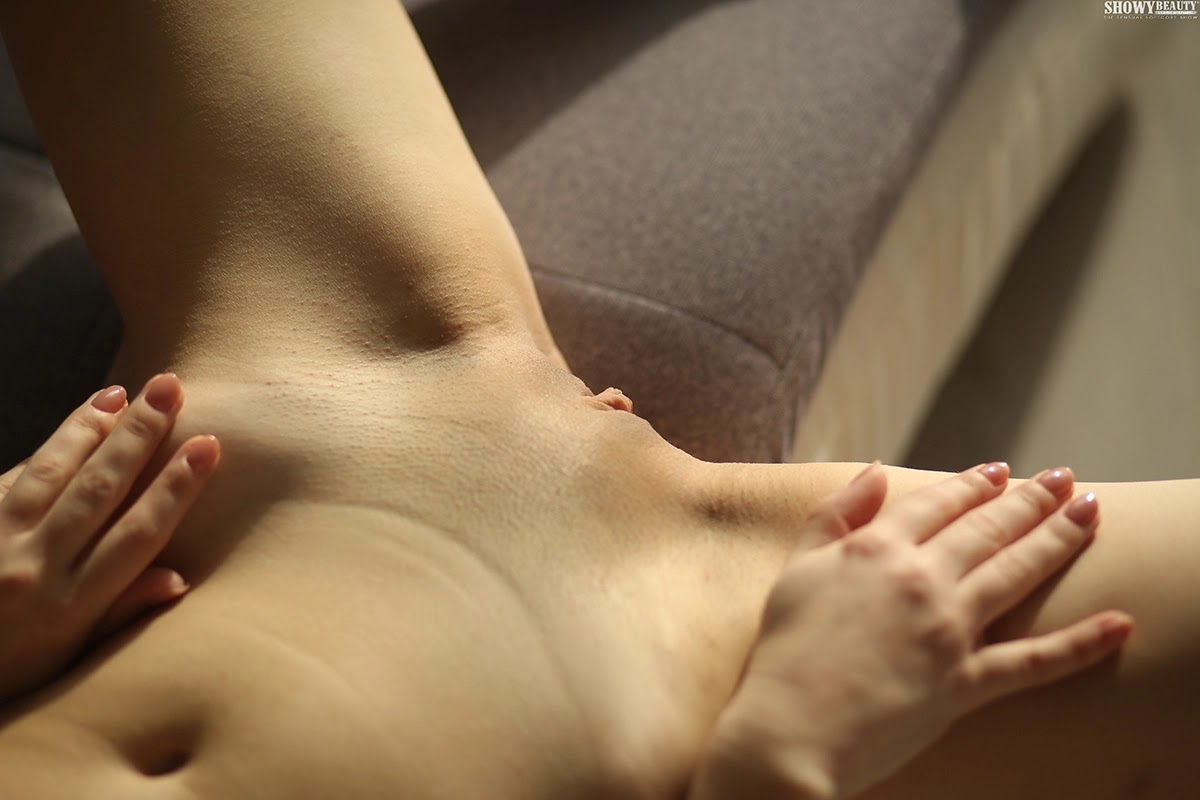.webp)
.webp)
✔️ 1. Anti-Inflammatory
.webp)
.webp)
.webp)
The high GLA and linoleic content makes it ideal for reducing redness, swelling, and inflammation.
.webp)
.webp)
✔️ 2. Supports Skin Barrier
.webp)
.webp)
.webp)
EPO helps replenish the lipid barrier, sealing in moisture and keeping out irritants.
.webp)
.webp)
✔️ 3. Hydration Boost
.webp)
.webp)
.webp)
As an occlusive, it helps prevent trans-epidermal water loss and keeps the skin supple and smooth.
.webp)
.webp)
✔️ 4. Eczema and Psoriasis Relief
.webp)
.webp)
.webp)
EPO has shown effectiveness in calming eczema and similar chronic skin conditions.
.webp)
.webp)
✔️ 5. Skin Lightening Support
.webp)
.webp)
.webp)
EPO inhibits tyrosinase, an enzyme involved in melanin production. It may help reduce hyperpigmentation or melasma.
.webp)
.webp)
Comedogenic Risk: Not for Acne-Prone Skin
.webp)
.webp)
.webp)
Despite its many benefits, evening primrose oil is comedogenic, which means it may clog pores and cause breakouts in acne-prone individuals.
.webp)
.webp)
If you have oily, acne-prone, or sensitive skin, it’s best to avoid EPO unless it’s part of a dermatologist-approved routine.
.webp)
.webp)
.webp)
Evening Primrose Oil and Retinoids
.webp)
.webp)
EPO pairs well with retinoids in anti-aging routines. While retinoids can be irritating, EPO helps soothe and hydrate the skin.
.webp)
.webp)
.webp)
The linoleic acid in EPO helps counteract the dryness and irritation that retinoids often cause during the early stages of use.
.webp)
.webp)
Together, they support collagen production, reduce fine lines, and even skin tone—making this duo great for mature or dry skin.
.webp)
.webp)
.webp)
Skin Lightening and Hyperpigmentation
.webp)
.webp)
EPO is a natural tyrosinase inhibitor, which means it may help reduce the appearance of dark spots and uneven pigmentation.
.webp)
.webp)
.webp)
For better results, EPO can be combined with:
.webp)
.webp)
Hexylresorcinol – A powerful skin brightener
Niacinamide – A PAR-2 blocker that helps fade pigmentation
Licorice extract – Soothes and lightens the skin
However, always select your skin-lightening products based on your skin type and needs.
Evening Primrose Oil in Hair Care
EPO is a popular ingredient in scalp and hair treatments. It hydrates the scalp and helps repair damaged hair strands.
It’s great for dry, brittle hair, but not ideal for acne-prone skin, as it can clog pores along the hairline or scalp.
Can Evening Primrose Oil Affect Hormones?
Yes—but only when taken orally as a supplement, not topically.
EPO supplements have been shown to affect reproductive hormones and may help manage polycystic ovary syndrome (PCOS) symptoms.
In one study on obese rats, EPO supplementation improved FSH, LH, and testosterone levels while also increasing insulin sensitivity.
However, these effects do not apply to topical products—applying EPO to your skin won’t impact your hormone balance.
Is Evening Primrose Oil Safe?
Evening primrose oil has an EWG rating of 1, meaning it’s considered safe and clean for skin care use.
When used topically, EPO has not been shown to affect hormone levels or pose significant risks.
That said, consult your doctor if:
You are pregnant or breastfeeding
You have hormone-sensitive conditions
You are taking it as a supplement
Always patch test before full application to avoid allergic reactions.
Evening Primrose Oil Side Effects
While generally safe, EPO can cause issues in some users:
❌ Clogs Pores
As a comedogenic oil, it may cause breakouts in acne-prone or oily skin types.
❌ May Leave Film
Overuse can leave a greasy residue, especially on oily skin types.
⚠️ Possible Allergic Reaction
As with all plant-based products, allergic reactions are possible—though rare.
Avoid using EPO on broken skin or active acne without professional guidance.
Evening Primrose Oil for Specific Skin Conditions
EPO may help manage several skin conditions, including:
Eczema – Soothes inflammation and restores the skin barrier
Rosacea – Reduces redness when paired with calming routines
Psoriasis – Alleviates dryness and irritation
Inflammatory skin – Calms flare-ups caused by environmental stress
Avoid EPO if your condition is linked to acne or pore congestion.
Evening Primrose Oil and Pregnancy
Can you use EPO while pregnant?
Topically – Yes
There is no known risk to using EPO in skincare during pregnancy. It does not affect hormones when applied to the skin.
Orally – Ask a Doctor
Some studies suggest EPO supplements may help regulate pregnancy-related hormones, but other studies find no benefit to gestation.
Always speak to your OB/GYN before using oral supplements of any kind during pregnancy.
How Often Can I Use Evening Primrose Oil?
The frequency depends on your skin type and sensitivity.
Dry or eczema-prone skin – May tolerate daily use
Sensitive or acne-prone skin – Use sparingly or avoid
Combination skin – Spot test and monitor closely
Follow a custom skincare regimen or ask a dermatologist to ensure EPO fits into your routine.
Quick Guide: Should You Use Evening Primrose Oil?
Skin Type Use EPO? Notes
Yes Excellent for hydration and repair
Sensitive ⚠️ Maybe Patch test first—may irritate or clog pores
Oily ❌ No Comedogenic—likely to cause breakouts
Acne-Prone ❌ No Avoid due to pore-clogging risk
Yes Very soothing and barrier-restoring
/⚠️ Topical use okay; consult doctor for oral use
Final Thoughts
Evening primrose oil is a powerful plant-based ingredient that hydrates, soothes, and repairs the skin—especially beneficial for dry, inflamed, or aging skin.
However, it’s not suitable for acne-prone or oily skin types, and caution should be used if you are pregnant or hormonally sensitive.
To find out whether EPO fits your skin type, take a custom skin type quiz or consult with a dermatologist.
